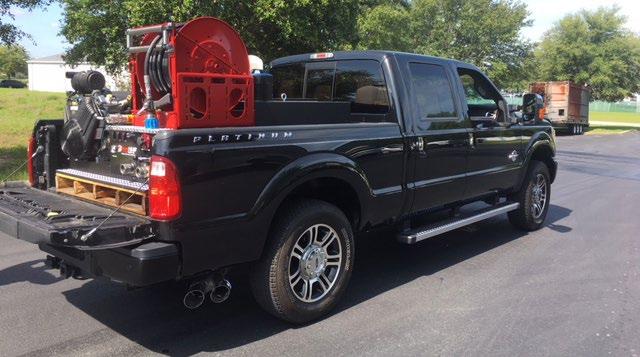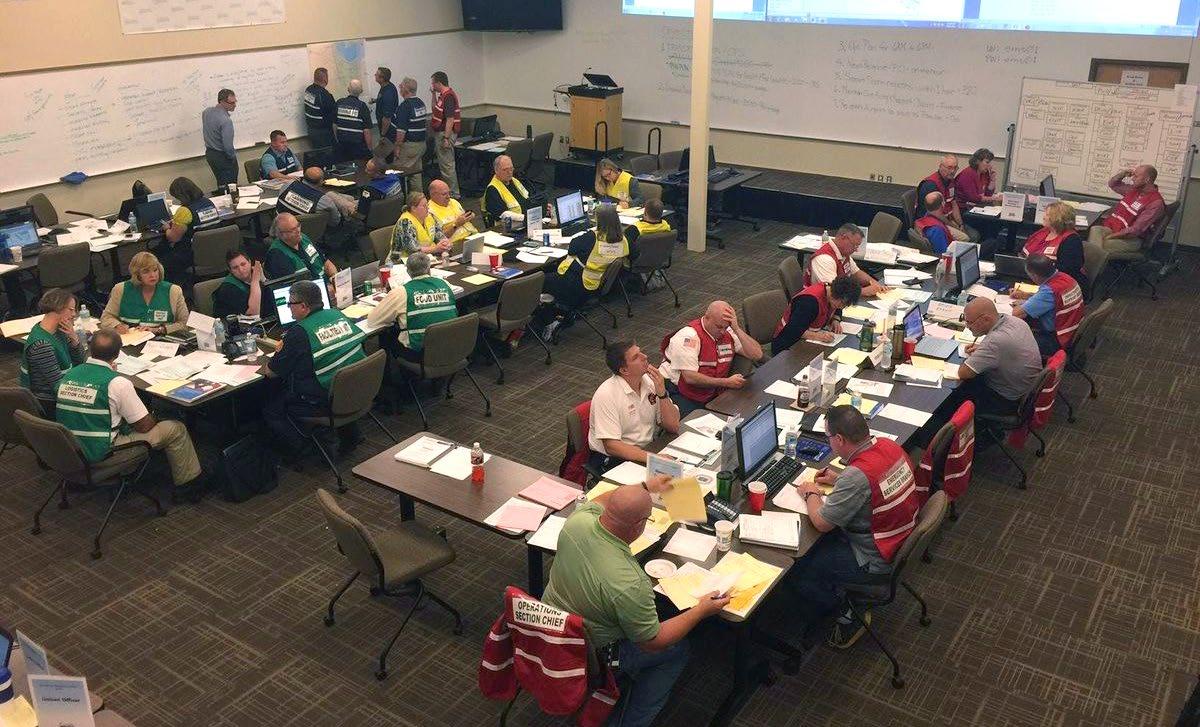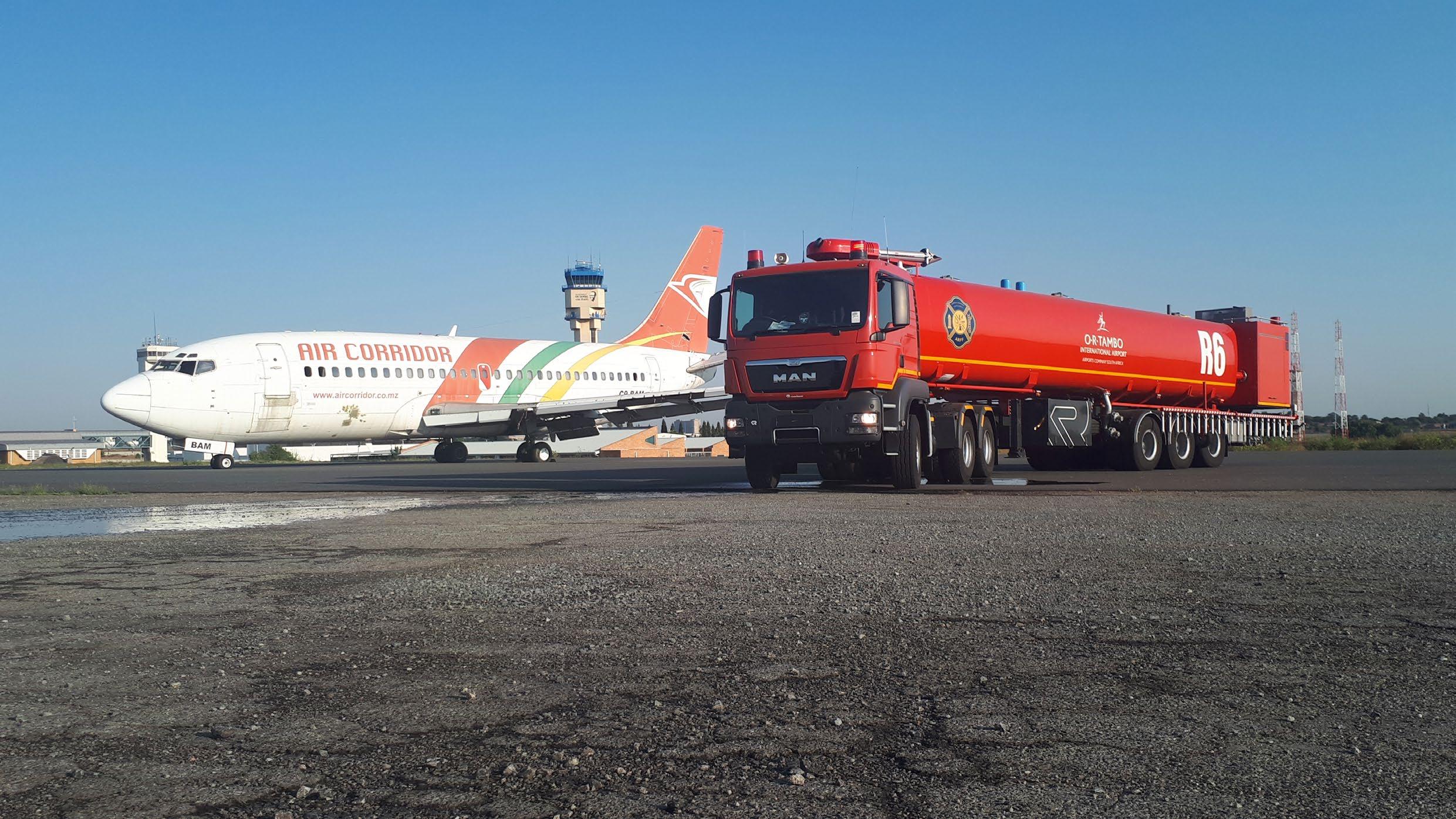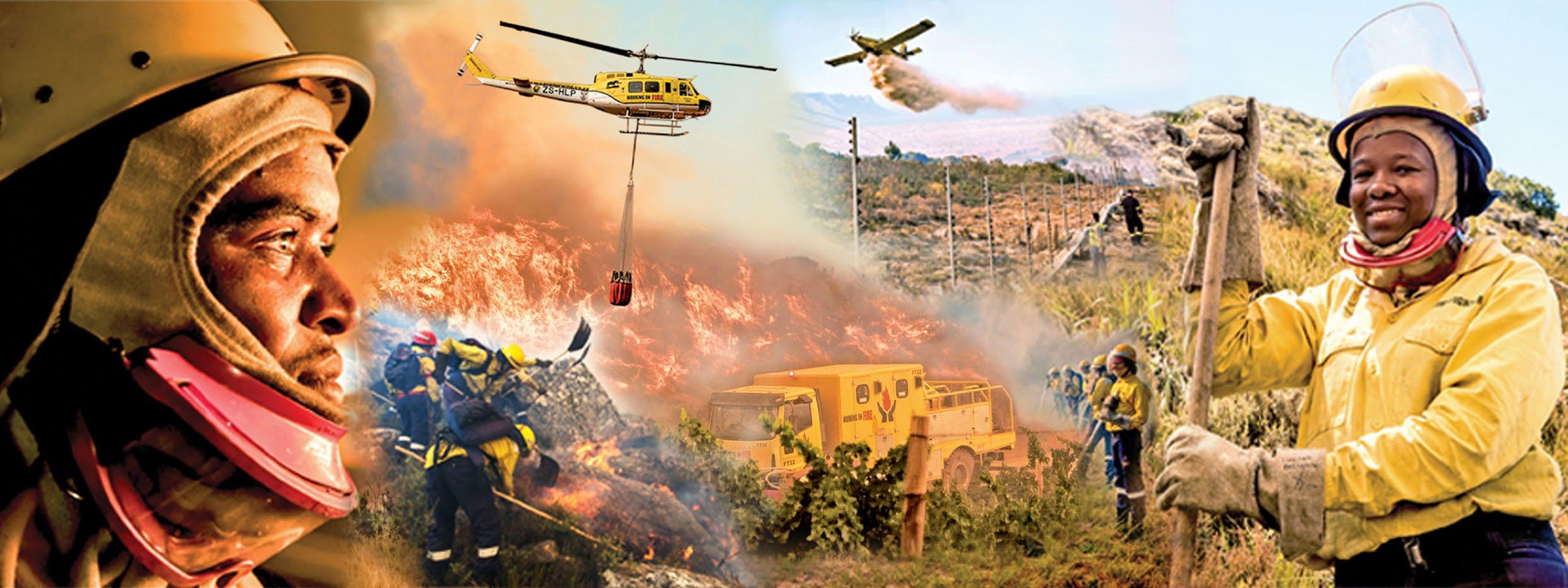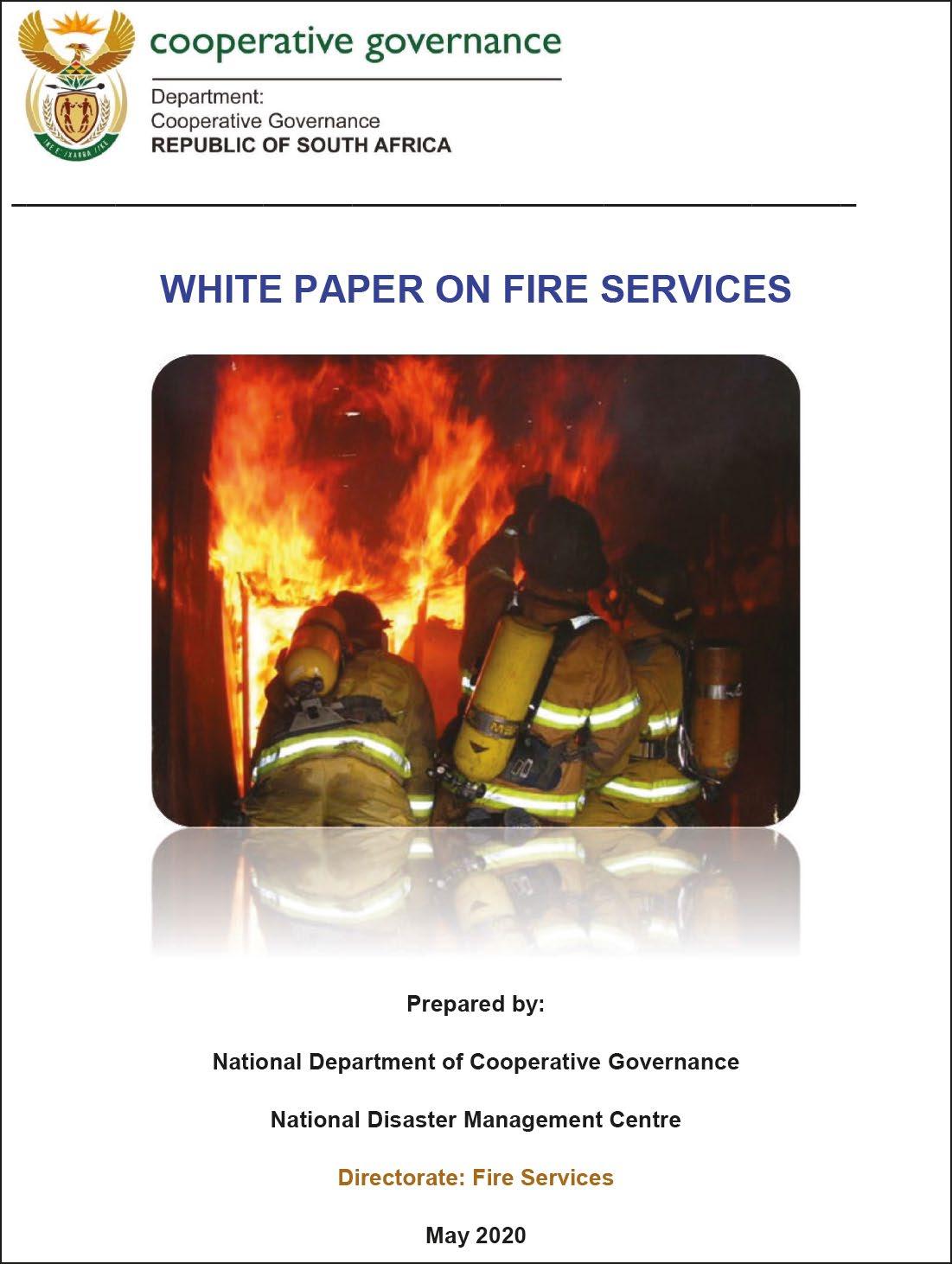Wildfires
Lessons learnt in ICS to be implemented By Michelle Kleinhans, managing director, Dynamic Incident Management they know ie friends, instead of using people that are more qualified to fill the positions. It is important to not change IC’s per shift. It is confusing and contributes to regular change of tasking to ‘suit’ the new IC’s view of the situation, instead of continuing with the current plan. Unified command is seldom used and can make a major difference during an incident.
M
emory is good but short. A lesson learnt, needs to be a change in personal or operational behaviour as a result of the experience that should be considered in future operations or response. Yes, collecting and disseminating lessons learned helps but: • What about applying them? • Important enough to be communicated and re-applied? The only way to avoid problems happening again, is to carefully consider what went wrong at the time and why; then decide what can be done differently next time to avoid the problems/issues. It is important to understand that lessons learnt should be implemented not only upon responding or during incidents but before responding or deploying resources. It is called preparedness. Let’s look at some lessons learnt in implementing the incident command system (ICS) before during and after incidents.
16 | FIRE AND RESCUE INTERNATIONAL
Activate the ICS structure from the start of an incident!! No matter how small the incident, there must always be an incident commander (IC), this is the start of forming the ICS structure. Remember an incident commander cannot do all the work on his/her own. One cannot just do one training course and think you know how the system operates and implement the structure the way you think it should be. It is important to understand the situation and know when to activate ICS positions as the incident escalates. Take notice of when the incident is escalating into an extended attack and plan the structure needs to grow with the incident. The incident commander (IC) The incident commander (IC) must have full authority (delegation of authority) to make decisions and has full accountability at the incident. A lack of understanding of this concept during incidents is evident in our country. The IC must draw on trained, qualified and experienced people to build the ICS structure. People tend to use people
The incident command post (ICP) The incident command post is not the same as an emergency operations centre (EOC). The incident command post is where the incident commander and his/her incident management team (IMT) manage the incident from. Also, it is not a place for gatherings or where people walk in and out from. The incident command post should allow for each section activated, to have their own room for operations. The incident commander should have his/her own space and meetings need to be held in a separate room and not within the sections, so that people can continue to work. Briefings should preferably be held on the outside of the incident command post or at a camp, as to avoid cramping into one small room. ICS structure The ICS structure complements the incident needs and requirements. It is important to fill the required ICS positions using skilled personnel. A section chief, who does not understand his/her role and responsibilities, should not be appointed. An incident is no place to do in-house training; activate a trainee position without the responsibility of the actual position for training purposes. Activate unit leaders; one person cannot do all the work. ICS positions ICS positions should never be combined. Only the incident commander can fill all positions at once if he/she does not activate Volume 5 | No 5




